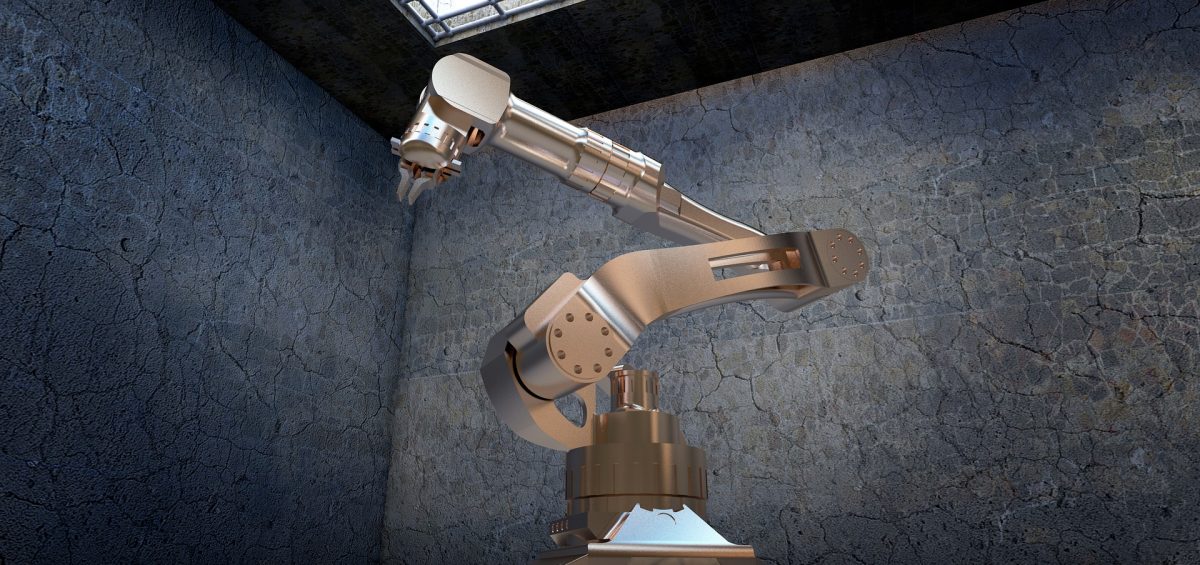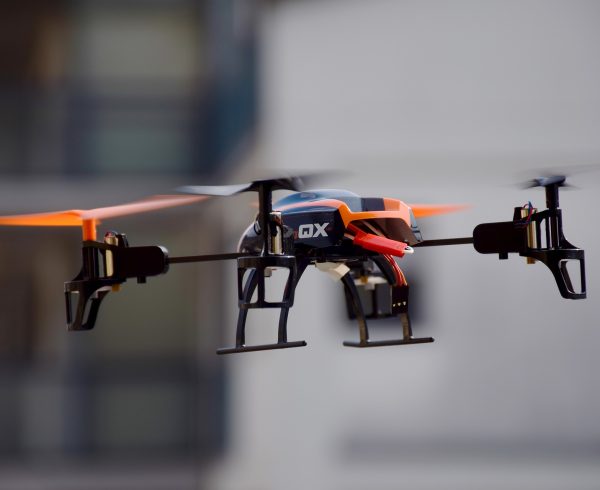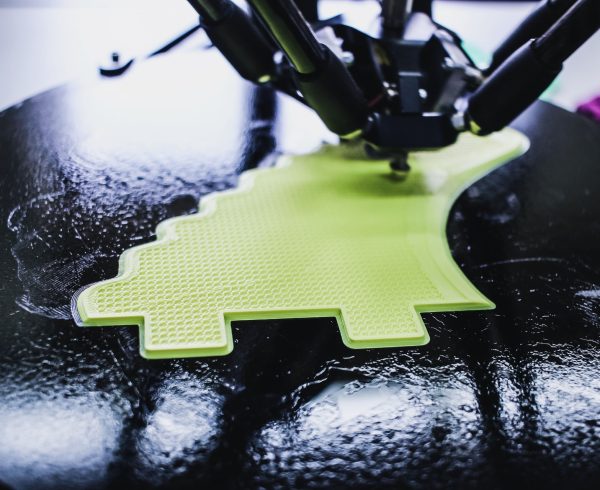Smart factories, warehouses, and facilities not only use automation or software to simplify and process tedious tasks, but can also self-optimize, self-adapt, and learn from the condition in order to constantly improve. It’s the learning and self-optimizing that sets it apart from a standard factory. Both Alibaba and Amazon are great examples of this. They improve productivity and efficiency by using machines that automate packing customer orders, while working alongside their human counterparts, learning on the go.
A Smart Factory Is An Agile Factory
Businesses that implement an agile transformation can improve operational performance metrics by 30%-50%, according to a McKinsey report. All the more reason manufacturing plants should move towards becoming smart factories. And while improved operational performance is critical for any business, the benefits and value of smart manufacturing also include:
- Spotting and resolving bottlenecks thanks to insights from gathered from massive amounts of data.
- Eliminating organizational silos by getting a complete picture that can be viewed and shared across the organization.
- Increasing remote working options now that smart factory data can be accessed from almost any device from any location.
- More uptime and higher quality products as machine learning and data can predict issues and schedule maintenance.
Many companies, particularly those in aerospace and defense, industrial manufacturing, and automotive and transportation, are well on their way with ongoing smart factory initiatives. But according to Capgemini’s report, only 14% of companies surveyed are satisfied with their level of smart factory success, indicating there is still plenty of room to further digitize and grow.
Unlike traditional manufacturing facilities, smart factories are less linear in their processes and have digital at its core. Businesses looking to transition to smart manufacturing will need to consider five key elements:
- Sensors provide real-time data and are connected to the entire supply chain, customers, and across departments. Data is also integrated from suppliers and other outside sources so there’s a holistic view of the entire process, driving greater efficiency.
- Optimized. Smart factories require very little human intervention because so much of it is automated. This allows for better synchronization, increases in uptime, improved tracking, and optimized energy consumption.
- With visibility into every aspect of the manufacturing process, data is gathered on-the-go so that more accurate decisions can be made, either by humans or machines.
- The most advanced smart factories are flexible enough to adapt to the schedule and product changes automatically, but can also self-configure the equipment depending on the product being built. The net result is an increase in factory uptime and yield.
- The beauty of smart factories is that employees and systems can anticipate and respond to issues before they happen. That could be as simple as maintenance and inventory need or as complex as a potential safety issue. In addition, smart factories can predict future outcomes based on both historical and real-time data that it gathers.
Factories are inherently complex and living ecosystems so those that can leverage digital platforms and advanced technologies will see significant improvements in productivity, quality, flexibility, and service.
Mythos Group’s white paper, Post-COVID-19: Re-imagining A New Era of Work, contains more detail on this and other recommendations, and is available to download for free from https://bit.ly/MG-White Papers.







